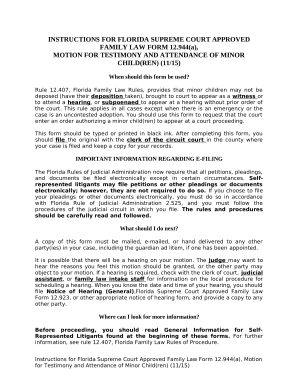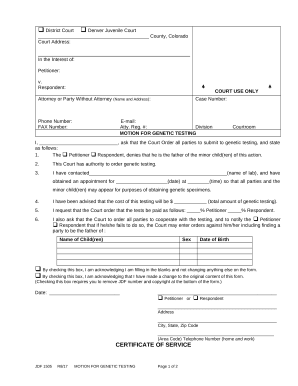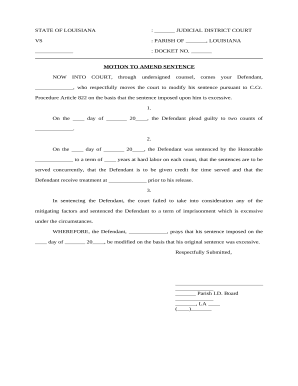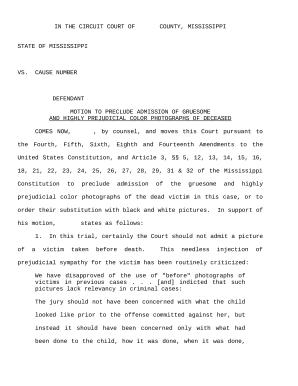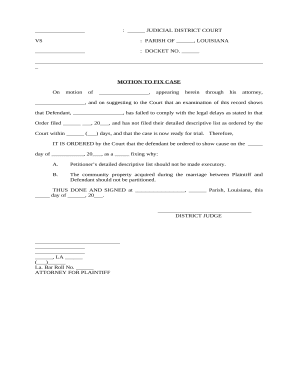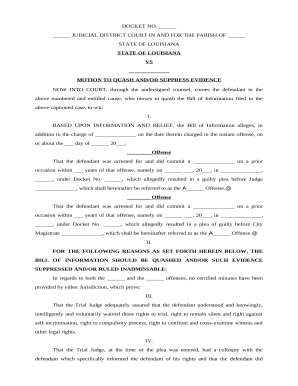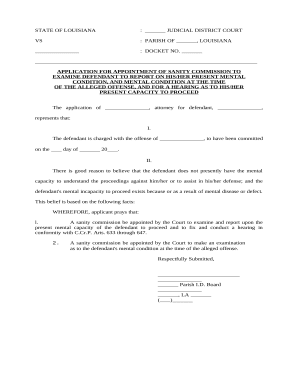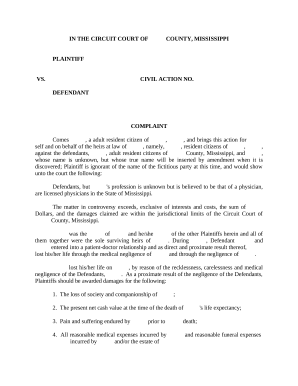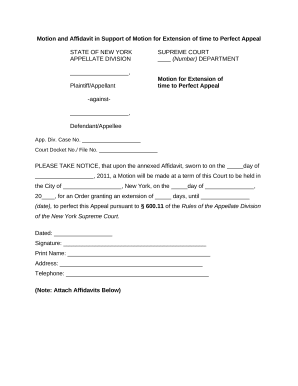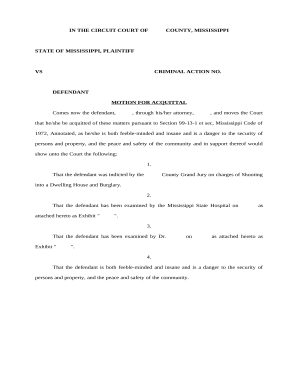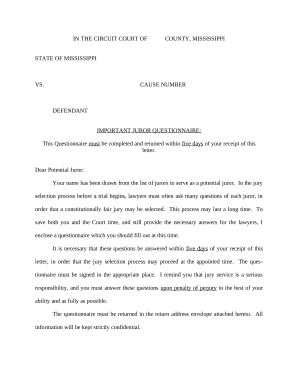Raise your production with Motions Forms
Form managing occupies to half of your business hours. With DocHub, it is simple to reclaim your time and effort and boost your team's productivity. Access Motions Forms collection and check out all form templates relevant to your everyday workflows.
Effortlessly use Motions Forms:
- Open Motions Forms and employ Preview to find the relevant form.
- Click on Get Form to start working on it.
- Wait for your form to upload in our online editor and begin editing it.
- Add new fillable fields, icons, and images, modify pages order, and many more.
- Fill out your document or set it for other contributors.
- Download or deliver the form by link, email attachment, or invite.
Speed up your everyday file managing using our Motions Forms. Get your free DocHub profile right now to discover all forms.

